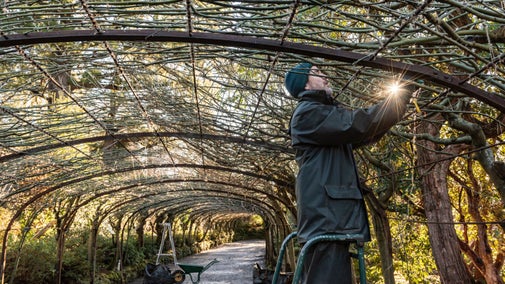
Get gardening
Our gardeners are on hand with ideas for your garden, plot or window box. From planting veg to tackling weeds, they’ve got all the important topics covered.

Discover some top tips for growing common snowdrops in your outdoor space. Find out when, where and how to plant your snowdrops to end up with your own carpet of white flowers every spring.

Our gardeners are on hand with ideas for your garden, plot or window box. From planting veg to tackling weeds, they’ve got all the important topics covered.

Snowdrops are a sign that milder weather is on the way. Find out where to see swathes of these delicate white blooms at the places we care for.

Keep your garden or green spaces thriving with our winter gardening tips. There are plenty of jobs to keep you busy, from protecting your plants and wildlife and planting for winter colour to planning ahead for warmer days.

The daffodil is a classic spring flower. Take expert tips from National Trust gardeners to achieve a cheery daffodil display in your own garden.

Learn how to make your own rose arch from former Mottisfont head gardener Jonny Bass, plus an alternative for smaller gardens.
